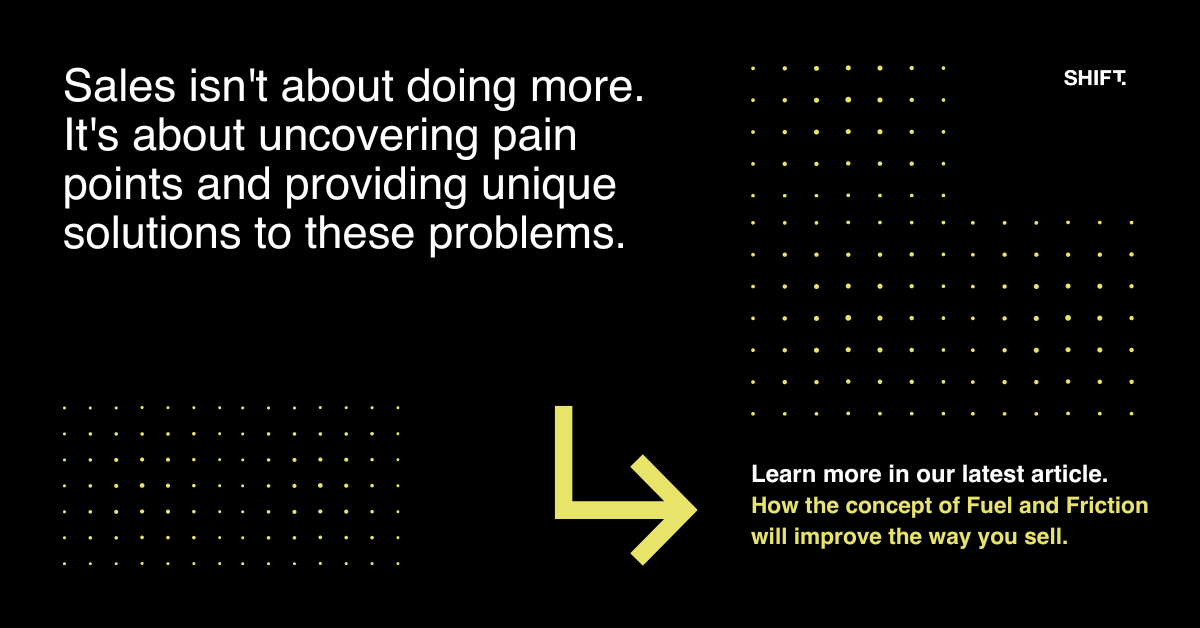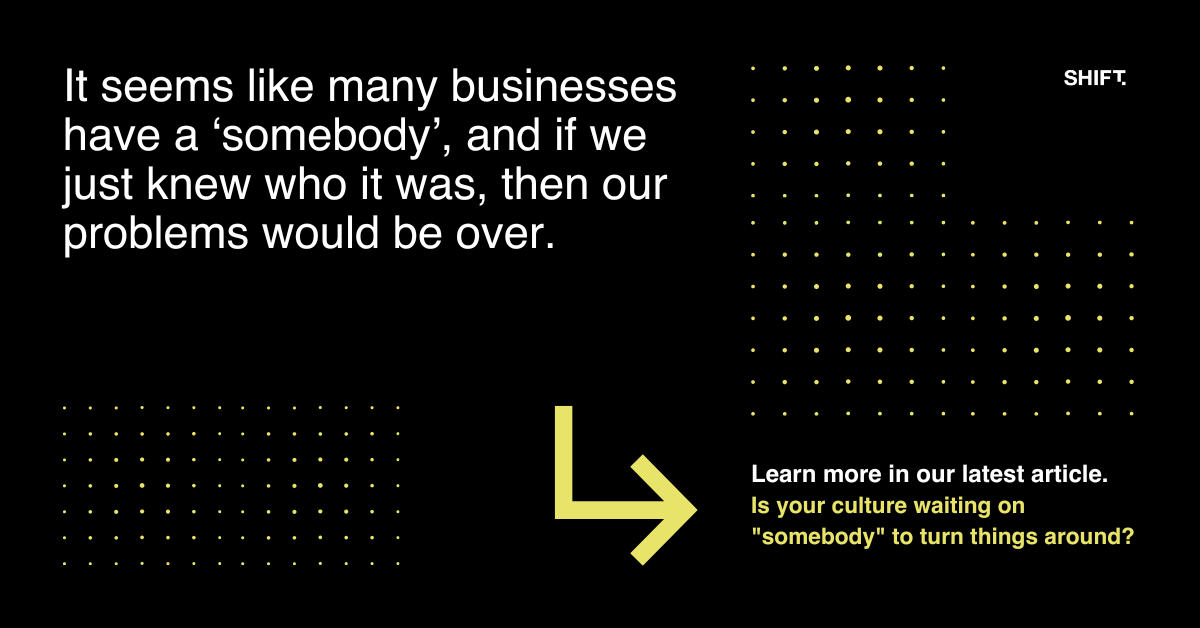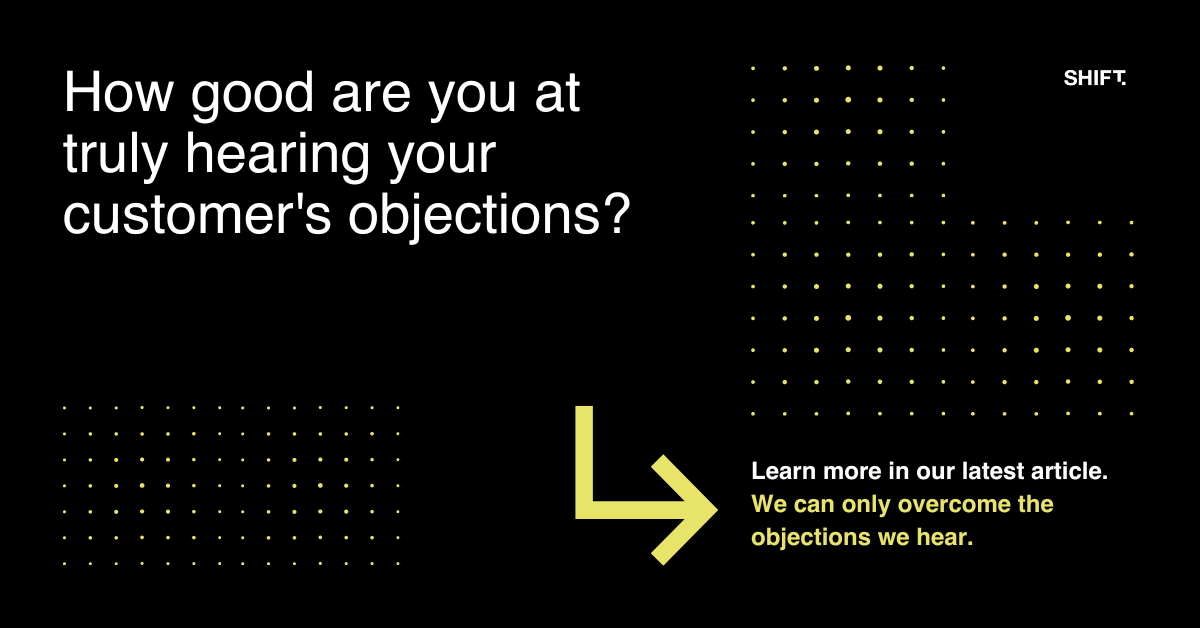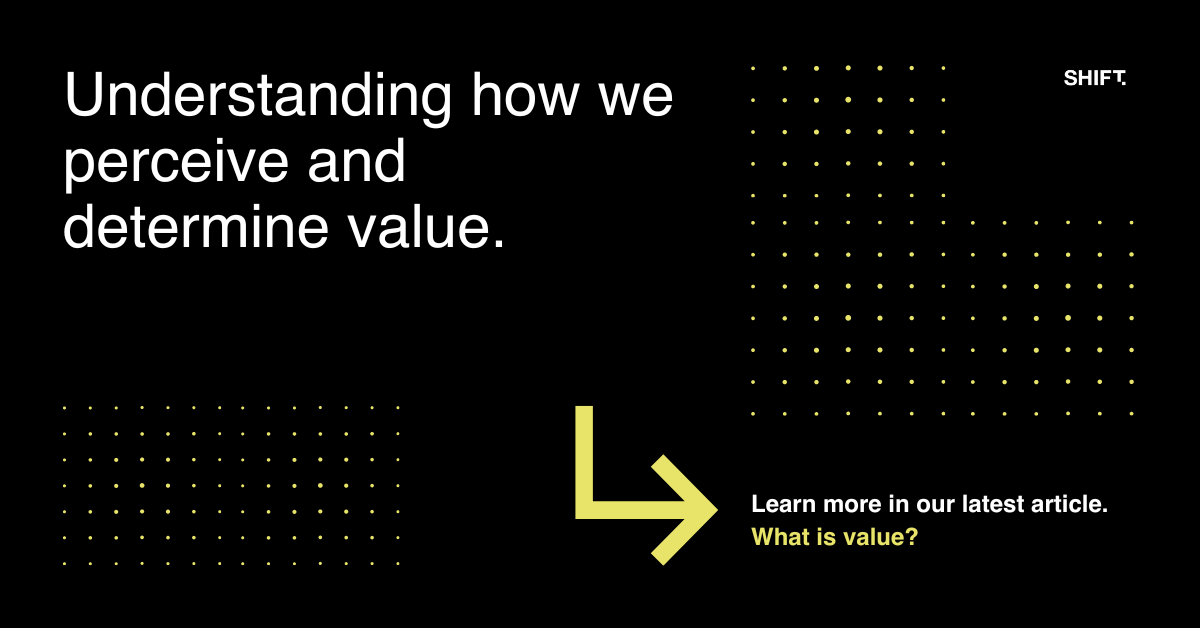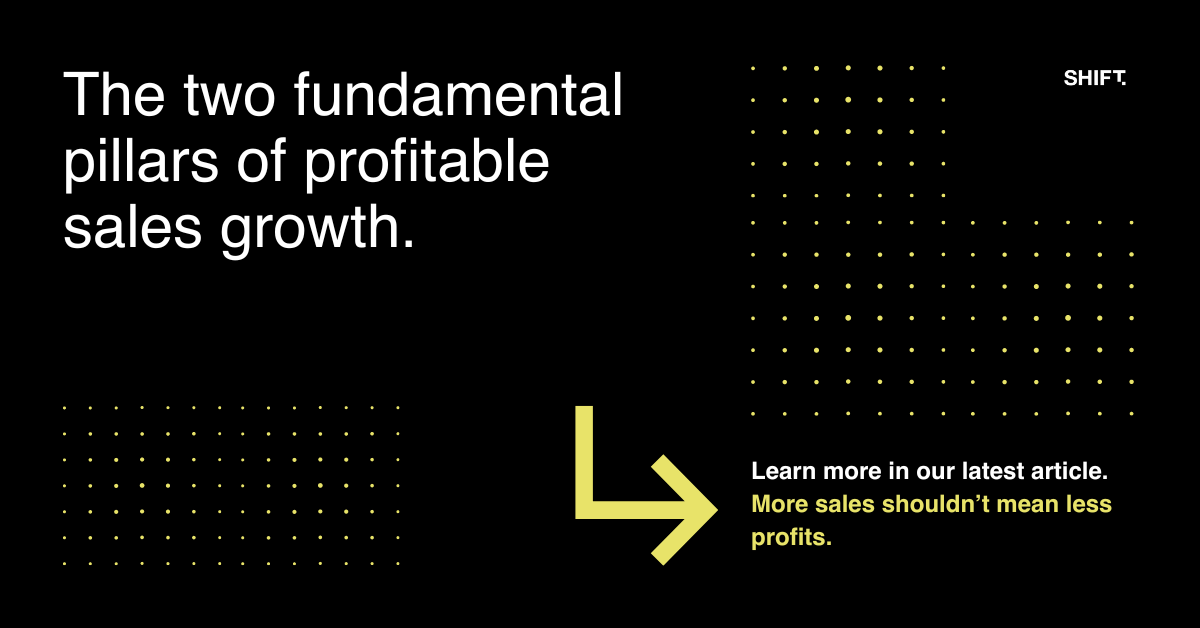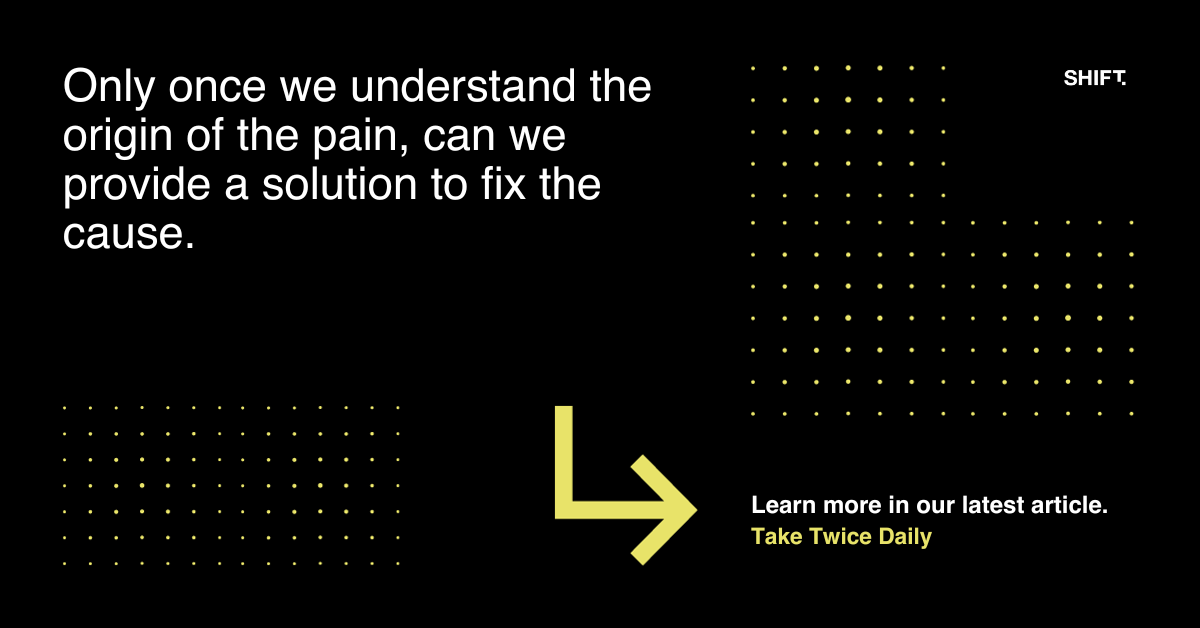Listen to the audio version here.
A few years back I was given the job of fixing a broken business. The company had a sales force of over 40 people, working hard to 'make the sale' and engage their customers across Australia. This was their job. They were hired as salespeople to make sales. And like moths to a bright light, when a potential sale hit their radar, they thumped mindlessly into selling mode.
At the top, management only wanted to know when ‘the sale’ was well and truly over the...‘I think we are looking good on this one’…mark. And yes, they were rewarded emotionally and financially by the metaphorical ‘ka-ching’ of the till - the sound of a successful sale - and with another sale in the bag, it was on to the next one. And the cycle kept cycling.
There was a balance of losses and wins, and an intense negotiation decided all sales at the close. Of course, if the salesperson won the sale, it was because they were great at what they did. But if they lost the deal, well, that was blamed on something else. “Our price was too high”, “the customer wasn’t really suited to us”, “the customer had a friend or a relative in the other business”, or the greatest ‘get out’ clause of all, “the customer is an idiot”. And so, the cycle kept on cycling!
Added to this was the emotional drain of when the salesperson finally negotiated a 'winning price' with the customer, leaving both parties underwhelmed with the outcome. A result like this brings an element of distrust to the surface, as both parties wondered if they had left money on the table. A lose/lose outcome.
So, with the words of Albert Einstein playing in the back of my head –“Doing the same thing over and over again and expecting a different result, is the meaning of insanity”, we embarked on a strategy to ‘follow the customer, not the sale’.
Here, our strategy became a win/win where both ourselves and the customer got what we wanted. The new strategy required us to learn everything we could about the customer, how what we offered could solve their problems and how we could then build on this to add even more value.
“The customer became our focus, not the sale.”
We changed our processes and systems, ensuring everyone in the business had a direct line of sight to the customer. The salespeople went from individuals striving only for their personal targets - to facilitators of relationships between ours and the customers business. We developed more win/win outcomes. We continued to add and reinforce our value, in turn, we made more sales as a team and developed customers for life.
Our mantra was “once we win a customer we never lose them”. Needless to say, the business turned around – year on year sales growth, higher margins and lower costs and an exceptional sales team across the whole business.
Maybe we should rename our sales people as customer experience managers, perhaps the title might help drive the right focus and win/win outcomes?
I hope you enjoyed the first story here on my site. It's a good introduction to what Shift Perspectives is all about, and I'll be contributing here monthly.
